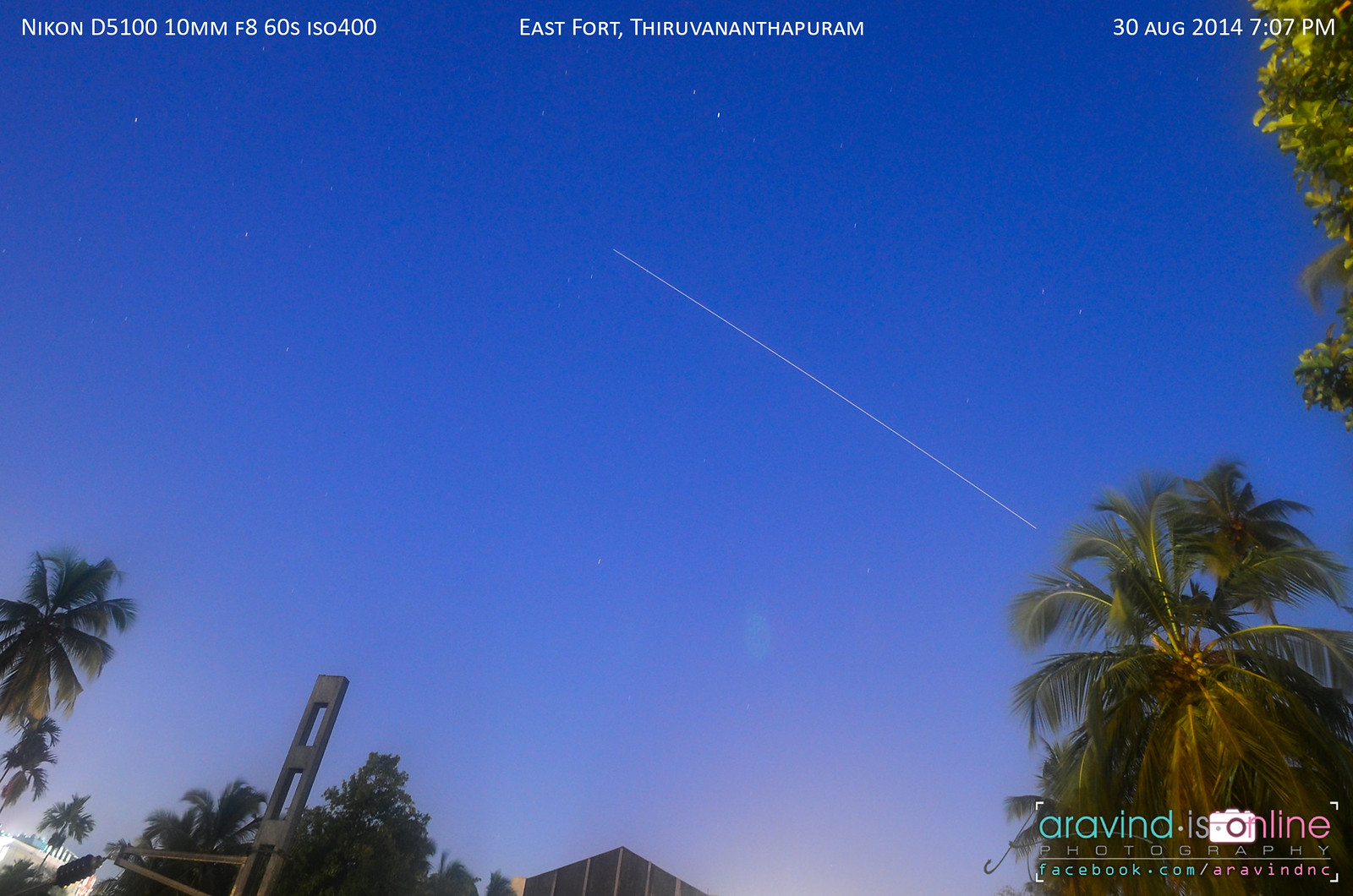Depending on your location on the Earth's surface, a spacecraft's
position in orbit and the time of day, you may be able to see the
International Space Station (ISS) or visiting vehicles as they orbit
about 240 statute miles above the planet. The space station looks like a
fast-moving plane in the sky, but it will be seen as a steady – not
blinking – white pinpoint of light. Typically it will be the brightest
object in the night sky (except for the Moon). It is bright enough that
it can even be seen from the middle of a city!

Interpreting the Data
The text listing is in a column format, a sample of which is shown below:| Satellite |
Local (date/time) |
Duration (min) |
Max Elevation (deg) |
Approach (deg-dir) |
Departure (deg-dir) |
| ISS | Tue Nov 14/06:22 AM | 4 | 66 | 10 above WSW | 31 above NE |
This sighting opportunity is illustrated in the figure below:
Image above: Satellite sighting graphic shows how to locate a satellite during a viewing opportunity. Credit: Richard Czentorycki (RSIS)/NASA.

No comments:
Post a Comment